Sail the Seven Seas of Walt Disney World to an island filled with tropical beauty, colorful birds, and the mystery Ben Gunn’s buried treasure. And so began the adventure that awaited guests on Treasure Island.
Opening on April 8, 1974, Treasure Island was a place for guests to observe various forms of wildlife, as well as being surrounded by lush, exotic botanicals. However, this little, unassuming island in Bay Lake has as much lore as any pirate.
Before Walt Disney had big plans for this little island, quite a few other people did. Unlike many other locales at the Walt Disney World Resort, the island is not fabricated and has been around for quite some time.
Photo: The Walt Disney Company
The earliest known inhabitants are the Raz Family. The family lived on the island, which was named after them, and farmed it from 1900 through 1937. Delmar Nicholson bought the island, which was less than its current 11½ acres, for a mere $800 and among other things grew fruit on the island. Known as “Radio Nick” because he was Florida’s first radio DJ, Delmar was an avid botanist and outdoorsman. He renamed it from Raz Island to Idle Bay Isle. After living there for more than twenty years with his wife and pet sand hill crane, Radio Nick was forced to sell the island because of his declining health. Local business executives bought the island and let it grow wild. They renamed it, once again, to Riles Island and used it as a hunting retreat.
This brings us to Walt Disney and his aerial scouting expeditions over Florida. On November 22, 1963 while Walt was flying over the region, he noticed how peaceful and tranquil the island looked in relation to its surrounding area. He decided that this was the perfect spot to build his next park.
Almost two years after that fly-over, Walt Disney finished his now famous land buy that included Riles Island. Walt originally wanted to rename the island Blackbeard’s Island and give it a head-to-toe pirate theme. However, when the resort opened in 1971, the island, for almost the next three years, remained unused and undeveloped. Disney eventually did name an island Blackbeard’s Island, but it was one of the three small islands in the Seven Seas Lagoon.
The name of the island changed… again… to Treasure Island after Robert Louis Stevenson’s famous novel. The idea was to turn the island into a full-fledged, “fully developed” Pirate themed destination, as Walt originally wanted to do, with a replica of the Benbow Inn, Benn Gunn’s fort and a semi-submerged replica of the wrecked ship Hispaniola. However, when the island did eventually open in April 8, 1974, the only pirate relic found was a smaller wreck of Captain Flint’s Walrus – located at Shipwreck Beach. According to The Walt Disney Company, the island will have “walkways, small lakes, and waterfalls and be available to both explores and picnickers.”
The island also featured a hideaway, buried treasure, and some elements from the Disney movie of the same name. In 1974, tickets for the direct launch to Treasure Island were $1.50 for adults and $.75 for children. For the World Cruise: adults were $2.50 and children were $1.25.
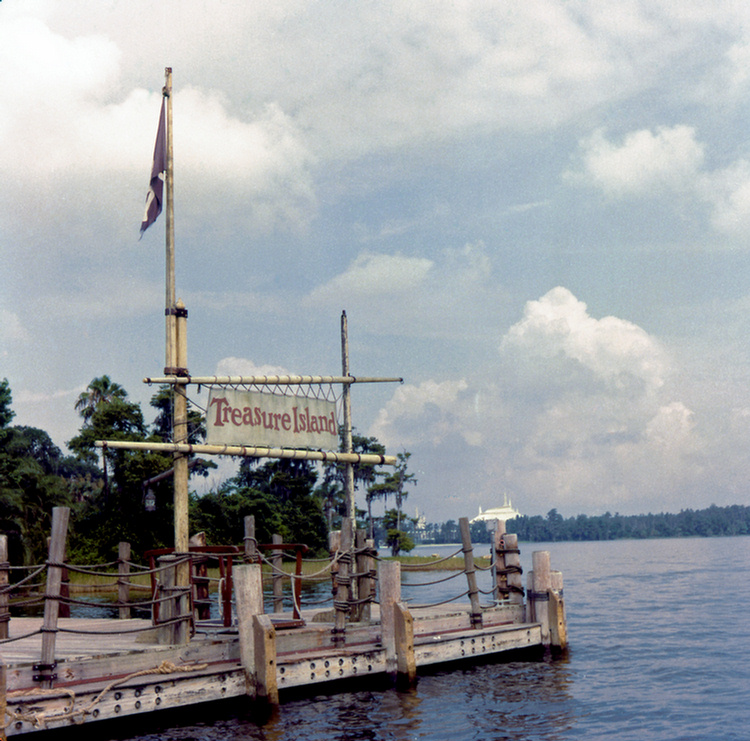 Photo: Courtesy www.disneypix.com
Photo: Courtesy www.disneypix.com
Guests would arrive by boat to Jolly Roger Wharf and going counterclockwise, would first come upon Cap’n Flint’s Perch, where a number of birds including parrots and macaws could be seen.
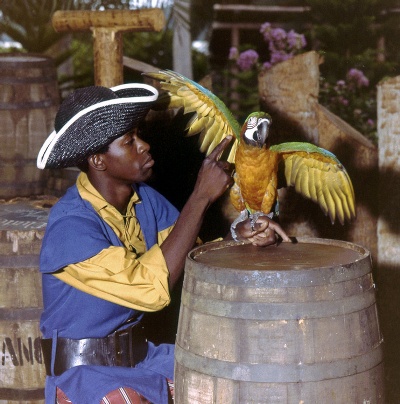 Photo: Courtesy www.disneypix.com
Photo: Courtesy www.disneypix.com
Down the path was Buccaneers’ Cove, where animal presentations would take place. Guests would then pass through the North Inlet on their way to Lookout Point. Explorers would cross Black Dog Bridge and round the bend to Doubloon Lagoon and then Mutineer Falls. Further down was Dead Man’s Island, Skelton Island, and then the Skelton Lair. Reaching the northeast corner of the Island guests would come up to Skelton Lair and further down the path was Buccaneers’ Roost. At this point guests would come to a forked path, heading right they would pass Black Dog Swamp and Cape of the Woods. As they headed to the north end of the island guests would come upon the wreck of “The Walrus” and then Scavenger Beach. Heading towards the southwest end was the beautiful and lush Flamingo Lagoon, then Rum Point, the Touchan Cage and the Mizzen Mast. Finally, working back towards the Jolly Roger Wharf was the Mates and Maidens, “Ye olde reste rooms,” as described by Disney.
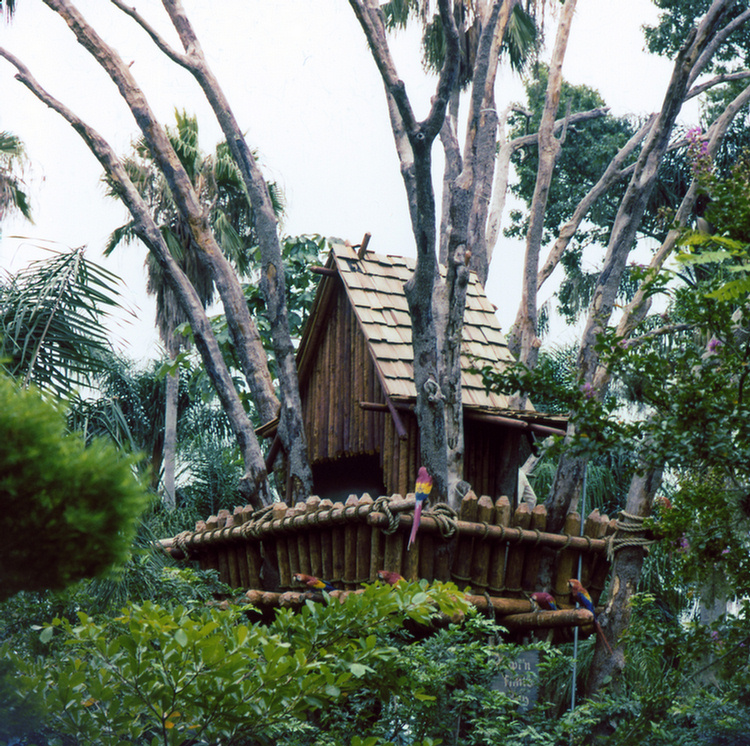 Captain Flint’s Perch / Photo: Courtsey of www.disneypix.com
Captain Flint’s Perch / Photo: Courtsey of www.disneypix.com
Treasure Island remained open for almost two years and then in January 1976 the island closed down for a major renovation until the end of March. Not only did virtually all of the pirate theming disappear, but also Disney (The Buena Vista Construction Company) brought in approximately 50,000 cubic yards of soil – expanding the island to its current size of just over eleven and a half acres.
Construction of the island removed all the scrub from the island and added over two hundred and fifty flowers, trees, and plants from a number of countries including China, South Africa, and the Himalayas, as well as a snack bar and an aviary, Treasure Island reopened in April 1976.
Initially, a separate “Special Adventure” ticket was required to go to the Island, but in later years admission to the Island was included as part of the Water Park and Premium Annual Pass privileges.
Accessible only by boat from the Contemporary Resort Hotel, the Polynesian Village Resort Hotel, or as part of the Walt Disney World Resort Cruise, the Island was fashioned as a conservation and education center, guests could also come face-to-face with over fifty types of exotic tropical birds and animals. (Interestingly, in 1955 Walt Disney wanted to use real animals at Disneyland’s Jungle Cruise, but was dissuaded because live animals would be unmanageable and unpredictable.) The island became so popular that Disney considered building, but eventually never did, four exclusive Honeymoon Cottages on the island. The “landmark” of the island was a wrecked ship on the coastline. It is most commonly referred to, incorrectly, as the Hispaniola. The Hispaniola would have been an extremely large ship; the one off the island however was the remains of Captain Flint’s ship, the Walrus, a much smaller vessel.
Treasure Island was intended to be a low-keyed, relaxing quarter or half-day diversion from the hustle and bustle of the Magic Kingdom. Ironically, that was one of the biggest reasons why it never caught on and eventually led to its demise.
Walt Disney Pictures and General Electric ran a couple of promotions around the release of the 1977 animated film The Rescuers. The smaller of the two was a coloring book giveaway, but the main promotion involved a promotion where ten families of four would win a four-day & three-night trip to Walt Disney World and a chance to search for buried treasure – in this case a $25,000 diamond – buried somewhere on Treasure Island. It is unclear if the promotion ever occurred, according to a Disney insider, neither the Walt Disney Archives nor the Walt Disney World Library and Research Center has any information on the promotion or it ever taking place.
In April 1978, Disney changed the name of Treasure Island to Discovery Island. According to waltdatedworld.com, “William Clayton, a former River Country Cast Member said (about the name change), ‘A Cast Member chose the name Discovery Island in a contest… The fellow who named Discovery Island had to sign waivers of some sort. … The prize was, I think, $50.’”
The pirate theme was almost completely wiped out and in its place was an ecological theme. The new additions included a 320-foot by 102-foot aviary that was 40-feet high and included an elevated boardwalk, The CooCoo Cabana, home to the Jose Carioca Flyers bird show, Turtle Beach, a specially designed Flamingo Pool, The Thirsty Perch snack bar, among other attractions. The Island’s population soared with the new expansion with approximately 140 species of animals and 250 species of tropical plants.
In 1978, direct launch tickets for Discovery Island were $1.50 for adults and $.75 for children. Other options include a World Cruise – $2.50 for adults and $1.25 for children and a River Country / Discovery Island Combo Ticket – $5.75 for adults and $4.25 for children.
Although Disney gave the Island a makeover and added a number of new areas, it still did not catch on with guests. However, what this makeover did for Disney was it gave them the tools and foundation for Animal Kingdom, which would open in April 1998. Additionally, it provided them with an invaluable experience in wildlife conservation. Disney not only received several honors for their work in preservation and breeding of many exotic animals, but also in 1981, the American Zoo and Aquarium Association granted them accreditation.
When Discovery Island was unveiled to the public, guests found a rich and lush tropical island with not only a diverse botanical environment, but also an extensive habitat of wildlife including flamingos, pelicans, bald eagles, primates, alligators, peacocks, swans, and much more. They were the first in the world to breed in captivity the Toco Toucan (above photo), at that time, an extremely breed of Toucan. Discovery Island was also the home of more than 140 different species of animals, many of which were on the verge of extinction.
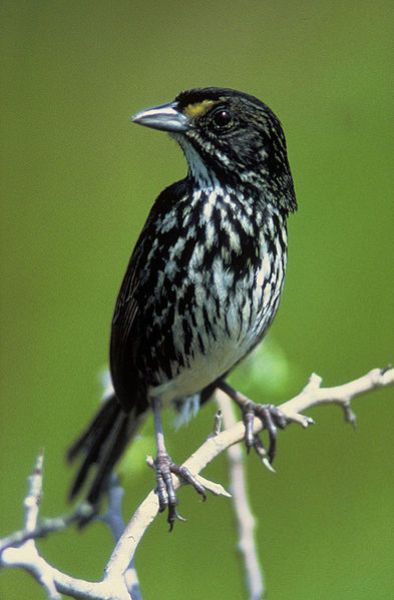 Photo: Courtsey of U.S. Fish and Wildlife Service
Photo: Courtsey of U.S. Fish and Wildlife Service
One avian species that made Discovery Island famous was the Dusky seaside sparrow (above photo). According to the U.S. Fish and Wildlife Service, “the Dusky seaside sparrow was a non-migratory songbird common in Southern Florida, in the marshes of Merritt Island and along the St. John’s River. When Merritt Island was flooded in an attempt to reduce mosquito populations around Kennedy Space Center, the sparrows’ nesting grounds were flooded and their numbers started to collapse. Later, the marshes surrounding the St. John’s River were drained to facilitate highway construction, which caused the population to collapse further. By 1979, the combination of habitat loss, pollution, and pesticides caused the population to decline…only six dusky seaside sparrows were known to exist — all of them were male (the last female was sighted in 1975). In 1979, five of the remaining male dusky seaside sparrows were captured and brought to the Discovery Island nature reserve in the Walt Disney World Resort where they lived out their remaining days.”
Image: The Walt Disney Company
Upon arriving on Discovery Island, explorers would first see the Thirsty Perch. Here guests could get refreshments, souvenirs, locker and binocular rentals, and lost and found. Heading to the right guests would find the Discovery Island Bird Show and Parrot’s Perch. Shows, typically held four times a day, featured a number of birds including Moe, Larry, and Curly (who could roll over) and Andrew, who would wave good-bye.
Image: The Walt Disney Company
Just past the North Inlet is Trumpeter Springs, home to a flock of Trumpeter Swans. Further down the road and past North Falls was Swan’s Neck Falls. Heading to Monkey Point, guests would past Bamboo Hollow. As beautiful as the area was it also served a purpose. The five different varieties of bamboo found there were not only beautiful, but they also helped protect the island from wind and blowing storms. Monkey Point was home to a number of simians including a group of Capuchin monkeys, which The Disney Company helped raise for Helping Hands: Simian Aids for the Disabled.
As with Treasure Island, visitors then came to the northwest corner of the island and could go either left or right. If guests made a right in front was Toucan Corner, the beautiful winding path would take them past the wreck of The Walrus and on a boardwalk along the beach. Making a left instead, guests would pass Crain’s Roost, home to the African Crowned, Sandhill, and Demoiselle Crane and then through Avian Way. Avian Way, at the time, was the largest walk-through aviary in the world. In addition to being home to a number of flying birds (contained by overhead netting), Avian Way also housed one of the largest breeding colonies of Scarlet Ibis, as well as Muntjac deer and albino peacocks. Walking further down the path, guests would encounter Pelican Bay. This was one of the unique areas of the Island because the birds that resided here were previously injured and would not have been able to survive in the wild. Passing by Flamingo Lagoon guests would round the bend and come upon Tortoise Beach, Alligator Pool, and the Birds of Prey area before returning to the dock area.
Throughout the years, Disney added various areas of interest along the Island’s path including Vulture’s Haunt and Eagle’s Watch, home to a group of southern bald eagles on loan from the U.S. Department of the Interior.
In addition to the various shows and activities guests could do, they were invited to participate in a scavenger hunt. Guests would receive a list of twenty clues and would have to find the answers on various signs and areas throughout the Island. Upon completion, guests would turn their sheets in at the Thirsty Pearch. In exchange, they would receive a Jiminy Cricket Environmentality Earth Day button.
Unfortunately, in September of 1989, after a two-month investigation, the State of Florida filed sixteen state and federal charges, mostly dealing with the death of vultures, against The Walt Disney Company and five of its employees.
In a story on September 24, 1989, Bob Levinson, a writer for The Orlando Sentinel, reported, “A state report concluded that ‘many of the employees at Discovery Island carried out illegal activities at the direction of curator Charlie Cook’ and that the workers ‘were acting with the understanding that those activities were legal and authorized under Walt Disney World permits.’”
Disney was also in danger of losing their accreditation from the Association of Zoological Parks and Aquariums.
Five days later, Charlie Cook was relieved of his duties on Discovery Island and transferred to a job in another area of the resort. In his place, Patricia Harden was names as interim manger for Discovery Island. At the time, Ms. Harden was a board member of several environmental agencies, including the Orange County Audubon Society.
The Walt Disney Company, which claimed the employees were trying to relocate the birds… with unfortunate results, pleaded not guilty and eventually agreed to settle the case out of court. Disney also instituted a number of sweeping policies and physical changes to the Island. They were permitted to keep their accreditation.
In 1993, then CEO Michael Eisner announced to the Imagineers that he was issuing a company-wide call to submit suggestions for a new logo for Discovery Island. After weeks of brainstorming and drawing, forty-five designs were chosen by the Project Team, which included then senior show producer Kathy Mangum (now Executive Vice President, Producer of WDI). After Marty Sklar and John Hench reviewed the submissions and then the Project Team turned them over to Eisner.
On June 20, 1995, The Walt Disney Company announced plans to build their fourth theme park, Animal Kingdom. Walt Disney Chairman Michael Eisner called the new park “a celebration of animals that ever or never existed.”
According to The Journal Record (Oklahoma City) “Disney’s Wild Animal Kingdom will be magical, fanciful, and fun in the tradition of all of our theme parks, yet it will incorporate a new dimension of reality with live animals in their natural habitats,” Eisner said.
A number of factors including low attendance and now the announcement of Disney’s Animal Kingdom, made it only a matter of time before Discovery Island would be just a memory.
On April 22, 1998, Disney’s Animal Kingdom officially opened to the public and in March of the following year, Disney announced the closing of Discovery Island, the second oldest attraction at Walt Disney World. According to a March 26, 1999 story in the Orlando Sentinel, Discovery Island will officially close on April 8, exactly 25 years after it opened. This was the first time that Disney has closed one of its ticket attractions.
“Our guests have so many more choices. And they are choosing other things,” said Diane Ledder, a Disney spokeswoman. “It’s a little bit sad when we say goodbye to an old favorite, but change is part of the process.”
Disney Imagineers did pay homage to Discovery Island at Animal Kingdom in a number of ways. In late 2000 / early 2001 by renaming Safari Village to Discovery Island, the Flights of Wonder Bird Show is reminiscence of the Island’s bird show, and the Maharajah Jungle Trek features a walk-through aviary.
However, Discovery Island remained open for a few weeks past is official closing date not only to guests, but also for Disney to attend to some “overlooked business details.” Some of the more than 130 species of animals, mostly birds, were relocated to Disney’s Animal Kingdom while others were placed in zoos across the country.
Although there have been no current announcements as to future plans for the island, there have been a number of ideas that were proposed in the past including daylong treasure hunts, a wilderness camp / sleepover area with the island being renamed Camp Hakuna Matata, a nighttime entertainment spot (to replace Pleasure Island), and even luxury honeymoon cottages.
Another idea was that Disney could capitalize on one of their various franchises including “Pirates of the Caribbean” or “Lost.” Some blogs have even suggested their own including Marvel Island, Syndrome’s Island (The Incredibles), Neverland (Peter Pan), or a completely original idea.
At one point Walt Disney Imagineering was brainstorming about working with Cyan Inc, the makers of the CD-ROM computer game Myst. The idea was to create an island adventure where guests would be dropped off in the morning and spend most of the day exploring the ruins of the island to learn the fate of previous visitors. WDI created conceptual plans for the project and even met with the game’s creators Rand and Robyn Miller. Cyan Inc. broke off talks and the project was eventually shelved.
Whether Disney does anything with the island or not remains to be seen, but one cannot imagine that nothing will be done with such a prime piece of real estate.
References:
Kurtti, Jeff. Since The World Began. Disney Press, 1996
Wikipedia, http://en.wikipedia.org/wiki/Discovery_Island_(Florida)
Renner, Lisanne. “Last Link To Dusky Blows Away At Disney.” Orlando Sentinel, June 16, 1989
Levinson, Bob. “Discovery Island Gets Interim Boss.” Orlando Sentinel, September 29, 1989
Metro Section. “Disney Says Not Guilty In Animal Case.” Orlando Sentinel, November 9, 1989
Levinson, Bob. “Disney Settles 16 Animal Cruelty Charges Attraction Will Pay $95,000 To Avoid Going To Court.” Orlando Sentinel, January 6, 1990
Levinson, Bob. “Disney Finds Gentler Ways To Control Park’s Vultures.” Orlando Sentinel, April 6, 1990
Levinson, Bob. “Prosecutors Drop All Animal Cruelty Charges Against Disney.” Orlando Sentinel, January 25, 1991
Barker, Tim. “Disney To Close Its Struggling Discovery Island.” Orlando Sentinel, March 26, 1999
Hinman, Catherine. “Discovery Island Deserted.” Orlando Sentinel, April 9, 1999
Verrier, Richard. “Myst Game Plan For Discovery Island Gets A Tad Foggy” Orlando Sentinel, December 6, 1999
www.waltdatedworld.com
Finnie, Shaun. The Disneylands That Never Were. LULU, 2006
www.widenyourworld.net
www.disneysfolly.com. July 1, 2010
Oakley, Allan. www.floridasunshine.com/oakleyflorida/OakleyFamily_SubPages/1999-2000/DiscoverIsland.htm
www.disneypix.com
www.juliesvendsen.com
Blog. Selga, Guy. http://angryap.blogspot.com/2011/04/orginal-discovery-island-walt-disney.html
April 18, 2011
Blog. Michael. “The Great Discovery Island Logo Contest of ’93.” www.progresscityusa.com January 16, 2010
www.wdwfacts.com
www.disneydispatch.com
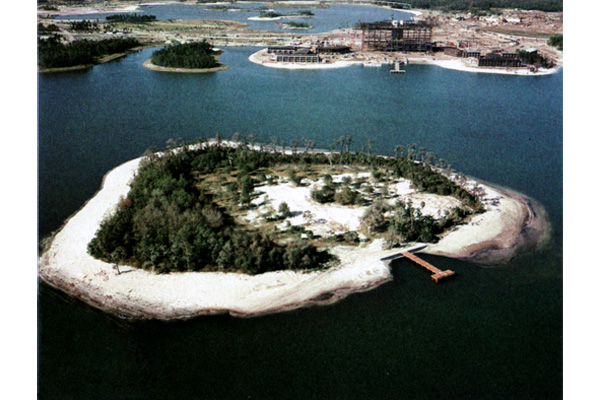
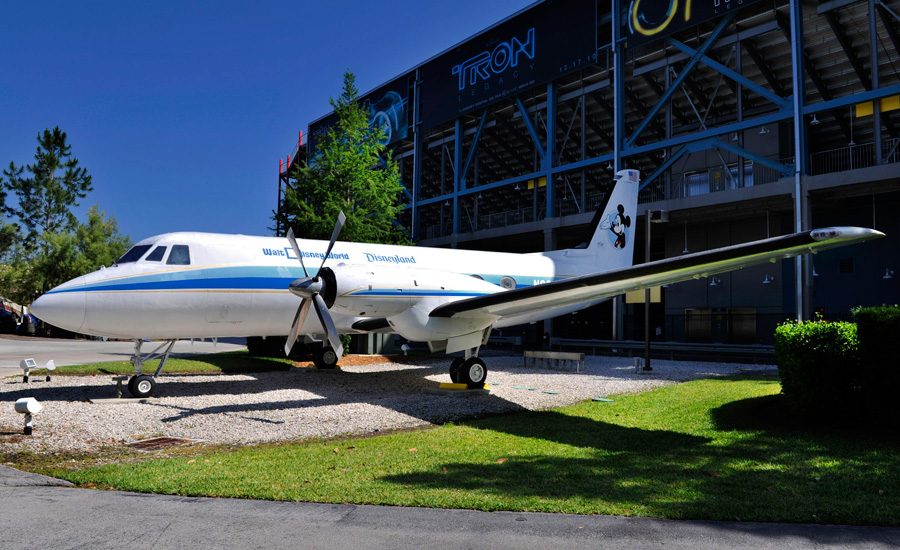
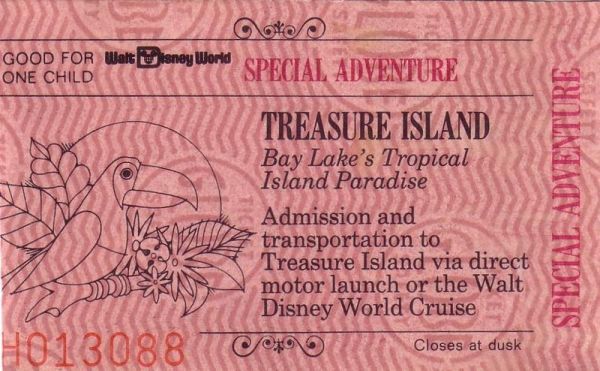
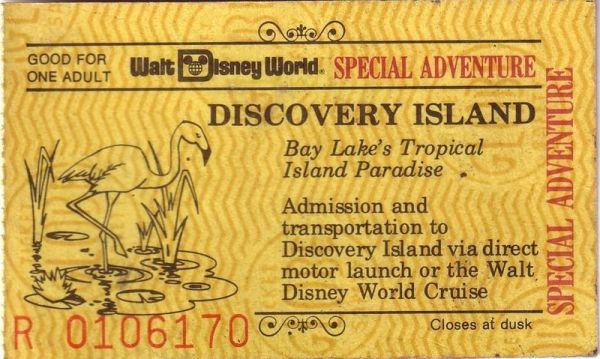
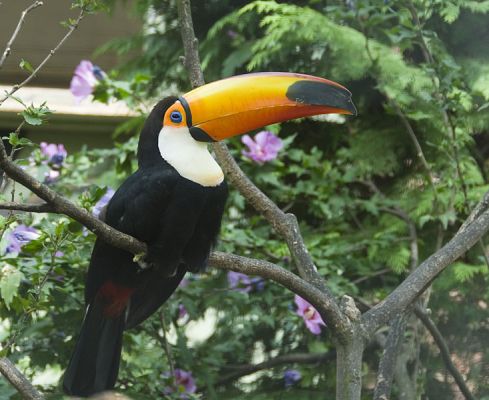
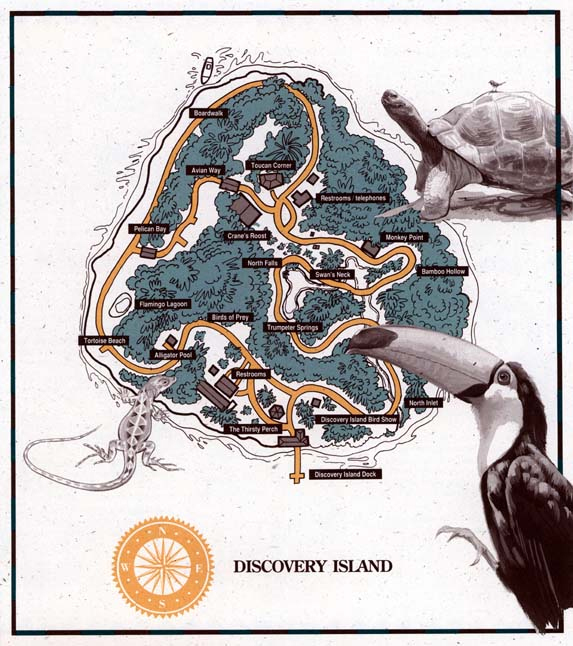
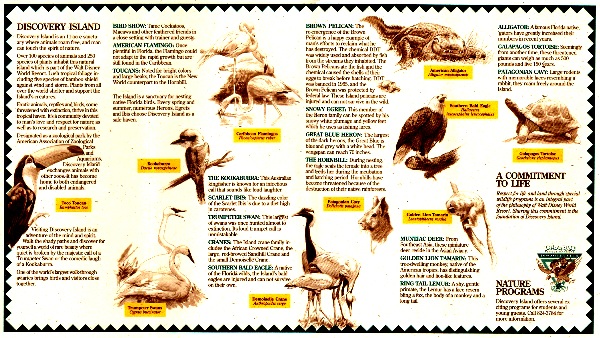
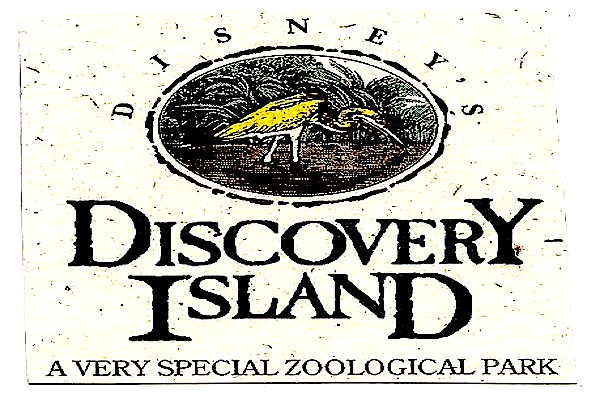
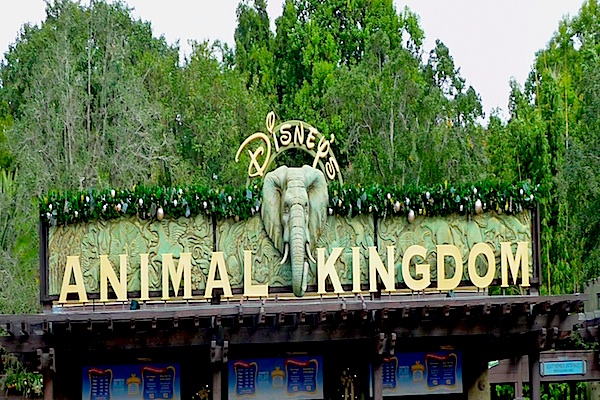
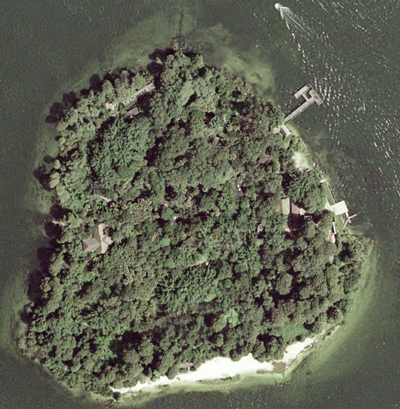
Leave a Reply